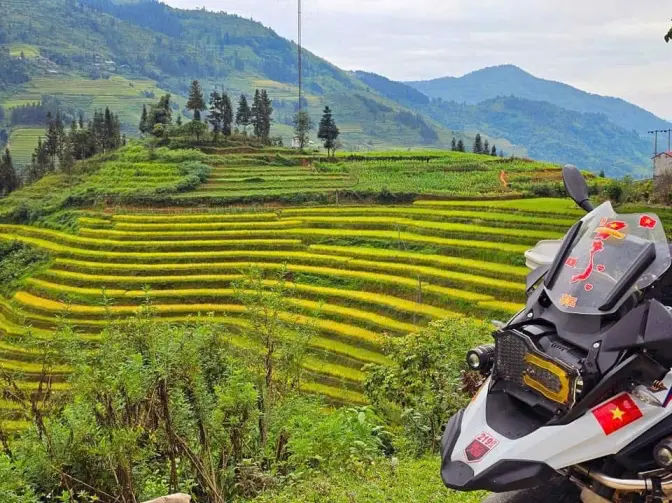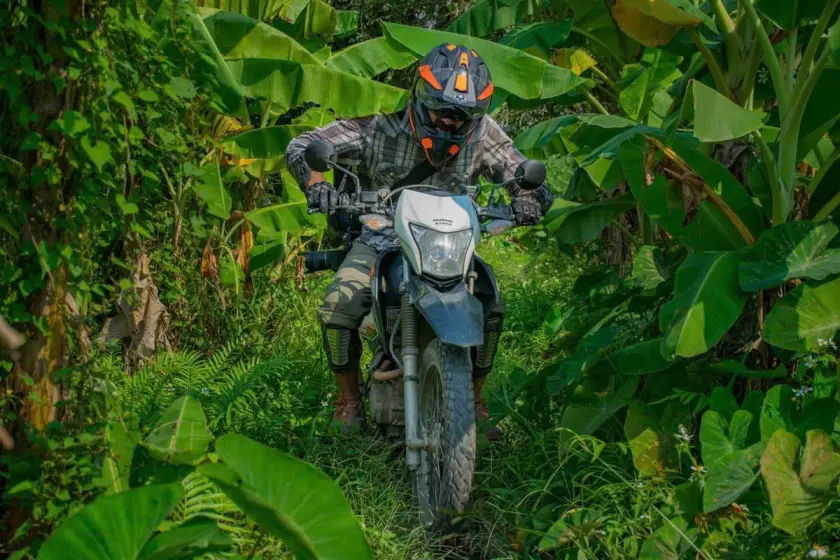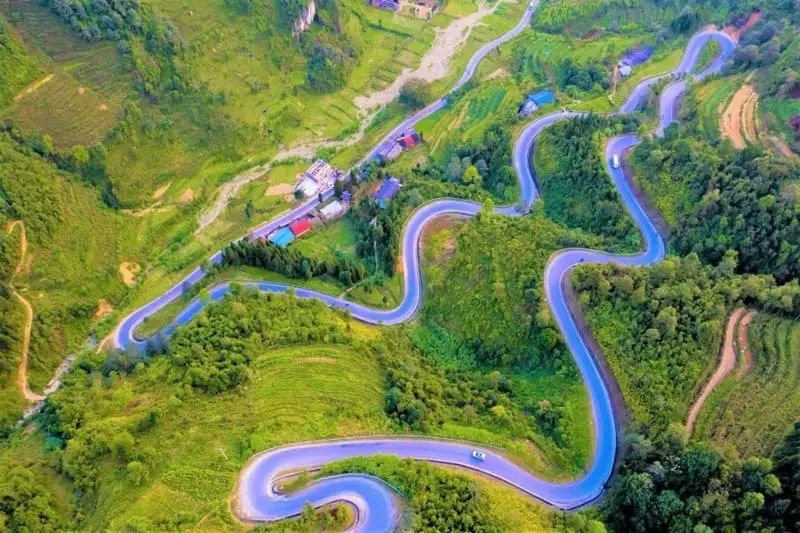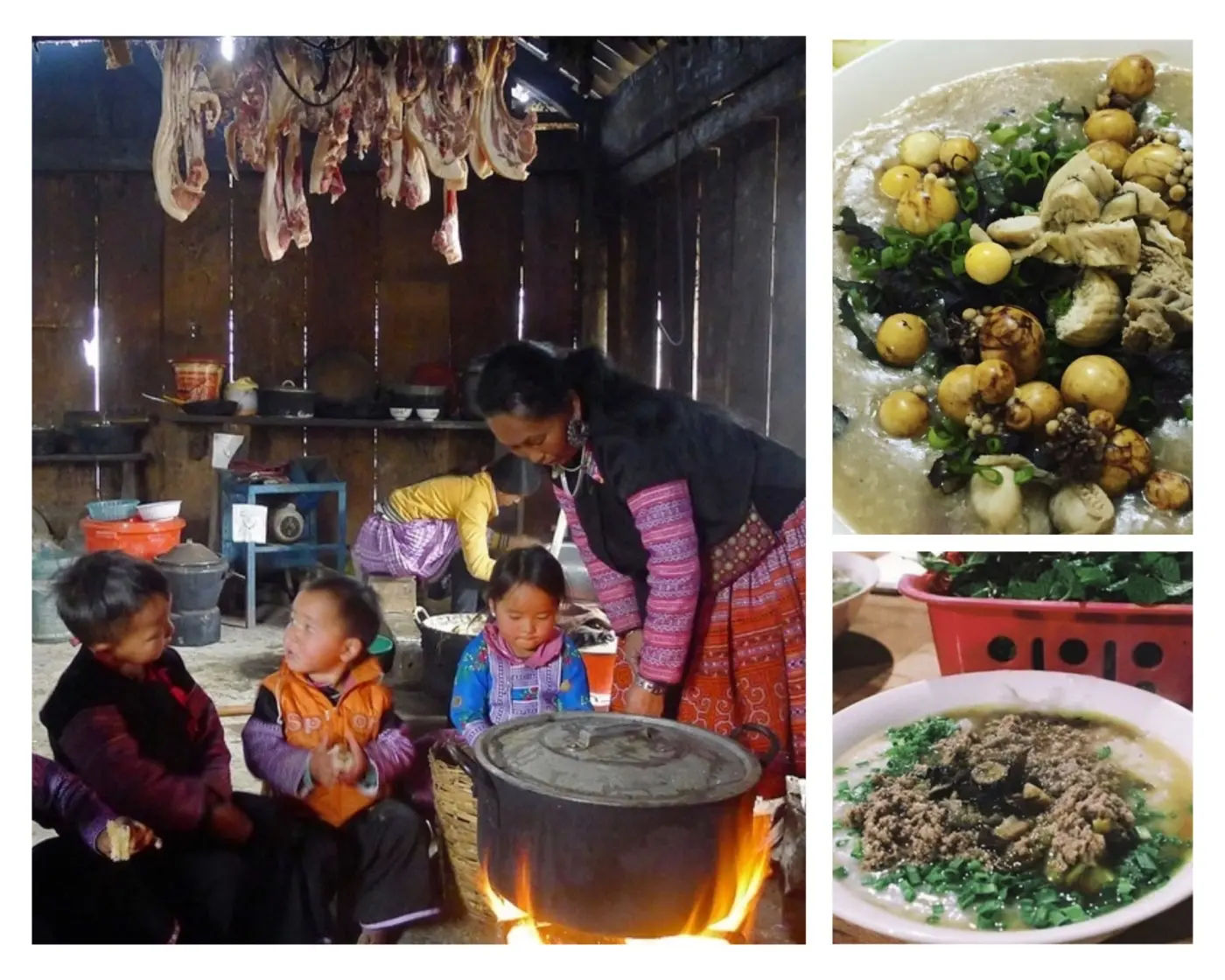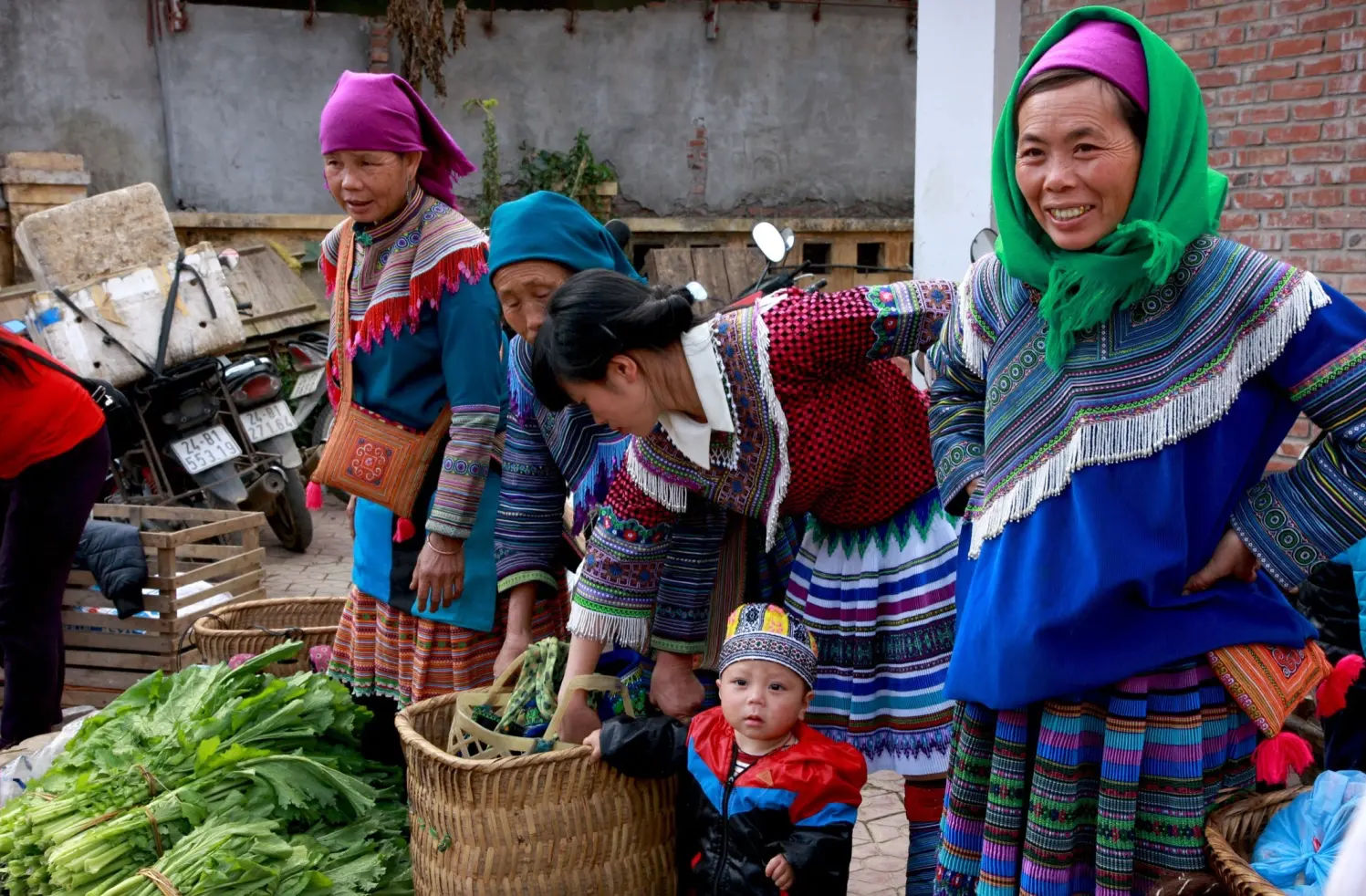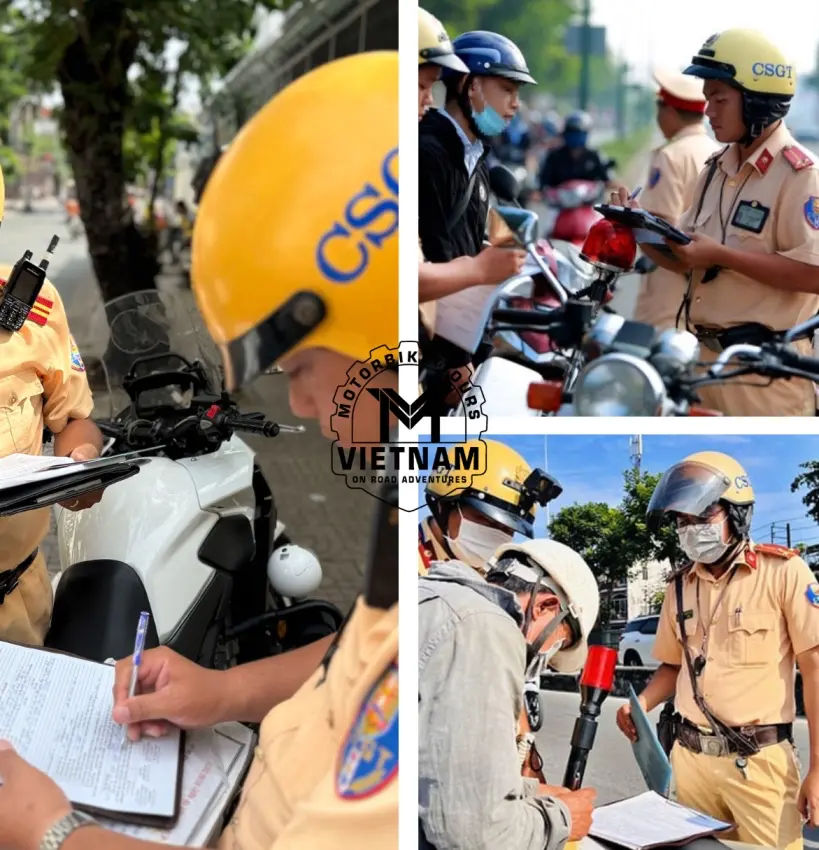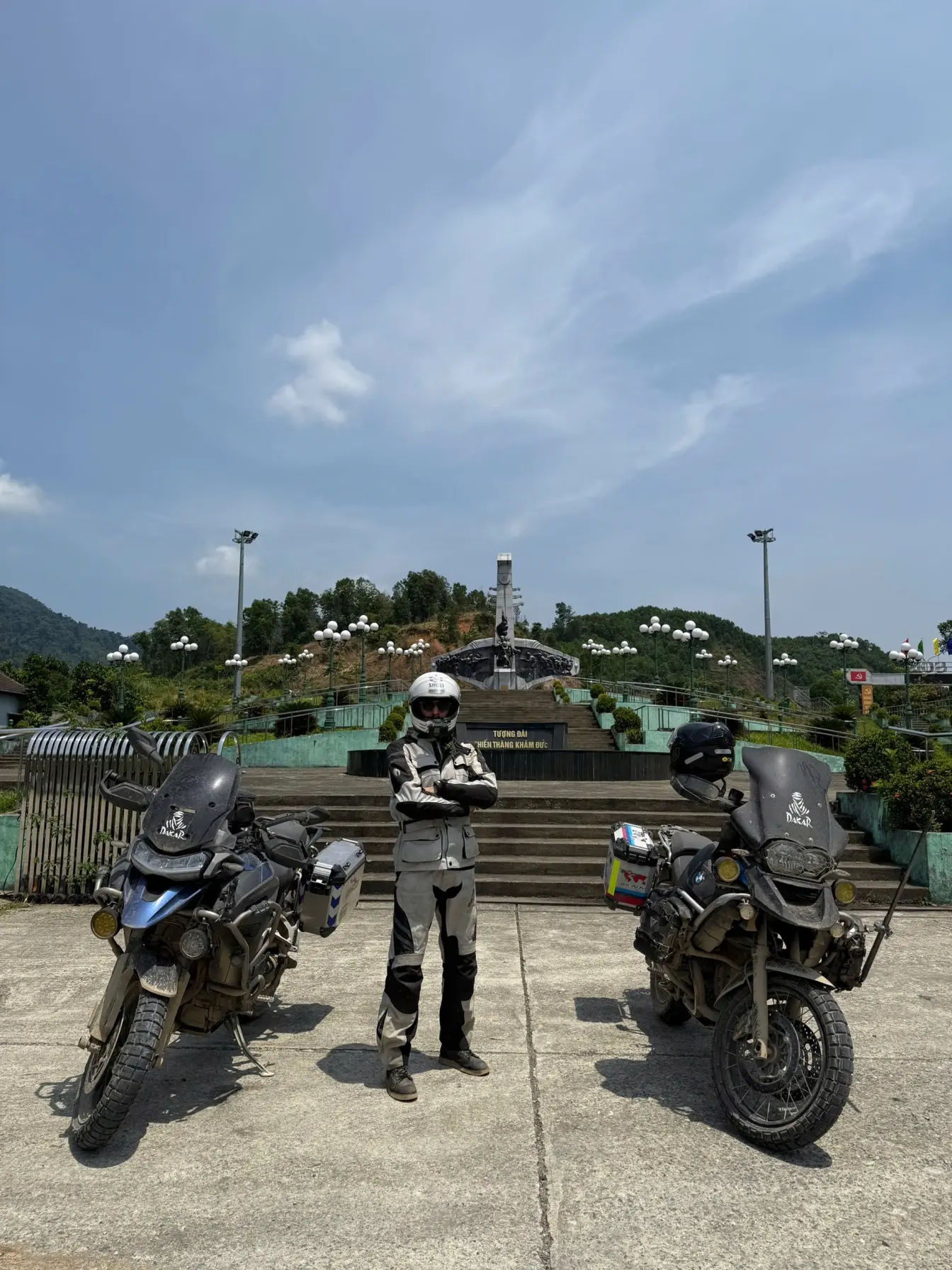
The Ha Giang Loop in northern Vietnam is one of the most breathtaking motorbike adventures in Asia. Towering limestone mountains, winding passes, and remote ethnic minority villages make this route unforgettable — but only if you choose the right motorbike.
After riding the Loop myself multiple times and learning the hard way about bike choices, I’ve put together this detailed guide for beginners, intermediates, and experienced riders. Whether you’re searching Google, asking AI, or simply planning your next trip, here’s everything you need to know. check out Ha Giang Loop Motorbike Tours
General Riding Experience
For the Ha Giang Loop, a Honda XR150L is the most practical choice for most riders — it balances power, comfort, and control on mountain roads. Those wanting a bit more punch can opt for the Honda 190L, which handles climbs and long days in the saddle with ease. For experienced riders seeking maximum adventure, the Honda CB500X offers highway-grade performance and stability, though it’s heavier and less forgiving for beginners.
Most travelers tackling the Ha Giang Loop are not seasoned bikers, but here we only share insights on bigger motorcycles. Semi-automatics may work, but larger bikes like the XR150L or 190L give riders extra confidence on steep passes, gravel patches, and unpredictable weather conditions. They provide more torque for uphill climbs and better suspension for long rides.
Personally, I’ve done the Loop several times — once on a Honda XR150L, which felt agile and forgiving, then on a Honda 190L, which had noticeably stronger acceleration and smoother handling on curves.
On another trip, I tested the Honda CB500X: a true powerhouse with unmatched stability, especially on long stretches, though its weight can be intimidating in tight mountain corners. Each bike shaped a different experience, and the bigger the engine, the more commanding the ride felt on Ha Giang’s dramatic terrain.
Terrain & Riding Conditions
The Ha Giang ride has a mix of paved roads, sharp mountain passes, and occasional dirt sections. The dry season (October–April) makes riding easier, while the rainy season (May–September) demands a stronger bike with good tires and suspension.
- Check out the Ha Giang Loop Map
If you go off-road, then you should know that the terrain is no joke: think steep switchbacks, sudden gravel patches, and roads clinging to cliffs. Most of the main Loop is now paved, but landslides and construction can still make things tricky.
- Dry season: Better for beginners, smoother roads, less mud.
- Rainy season: Expect slippery curves, fog, and sudden storms — you’ll want a manual or semi-auto with solid suspension.
Motorbike Options
Semi-automatic bikes are the most common and beginner-friendly. Manuals offer more power and control, while scooters are not recommended for the Loop due to weak suspension and brakes.
- Honda XR150L: A versatile entry-level adventure bike. Lightweight, reliable, and ideal for first-time riders who still want the power and stability of a bigger engine on mountain terrain.
- Honda XR190L: A step up in performance. Stronger torque and smoother handling on steep climbs and curves, making it a favorite for riders who want more confidence on long days.
- Honda CRF250 & CRF300: True off-road machines. Excellent suspension, great ground clearance, and perfect for those who want more aggressive riding on dirt trails and rough patches.
- Honda CB500X: A high-performance touring bike. Offers highway-level stability and comfort, great for experienced riders who want a commanding ride, though its heavier frame can be challenging on tight Ha Giang mountain passes.
Best engine size: +150cc is the sweet spot. Enough power for climbs, but still manageable for new riders.
Safety & Comfort
When choosing a bike for Ha Giang Loop, prioritize working brakes, strong tires, and suspension. Comfort also matters — test the seat and luggage rack before you commit.
- Brakes: Front and rear must work smoothly.
- Tires: Look for tread, no bald spots.
- Headlights & horn: Essential for night visibility and mountain blind curves.
- Suspension: Crucial for uneven roads.
Comfort matters, too. Four days on a rock-hard seat can ruin your back. Choose a bike with good padding, upright posture, and space for your backpack. Renting with insurance is smart, and some shops even offer phone holders, helmets, and rain ponchos.
Maintenance & Reliability
Check your motorbike’s brakes, tires, lights, horn, and oil before starting the Loop. The most common issues are flat tires and loose chains — both can be fixed at roadside shops in almost any village.
I always do a quick check before leaving:
- Squeeze the brakes.
- Test headlights and horn.
- Bounce on the seat to test suspension.
- Look for oil leaks.
On one Loop, my chain snapped halfway up a mountain — luckily, a roadside mechanic fixed it in 20 minutes for under $5. Don’t panic if something breaks; repair shops are everywhere.
Budget & Rental Options
The typical price for renting a big motorbike for Ha Giang is USD150 USD per day (for the tour package), depending on the bike type, bigger motorcycles cost more, while newer 150cc manuals are reasonable and save you stress on the road.
Rider Profiles
Solo riders should go for a Honda XR150L or CRF250. Couples should choose at least a CB500x. If you never ride any motorbike, but still excited for the. new experience, pillion ride is available through our tours.
- Solo riders: The Honda XR150L is the best fit — light, agile, and forgiving while still powerful enough for Ha Giang’s steep passes.
- Couples (two people on one bike): The Honda XR190L provides the extra torque needed to carry two riders comfortably on climbs and winding stretches.
- Beginners: The XR150L works well, but confident beginners who want more stability can consider the CRF250 with its excellent suspension.
- Experienced riders: The CRF300 or CB500X deliver the most thrilling ride. The CRF300 is perfect for rough off-road sections, while the CB500X offers unmatched comfort and control for seasoned adventurers.
Personal Tips & Recommendations
Test ride before you rent, bring your own helmet if possible, and always ask for spare parts like an inner tube or chain oil.
- Mistake I made: Once I rented a scooter (automatic). Big regret — it overheated on steep climbs, and braking downhill was sketchy.
- Best choice: A Honda XR 150cc. It gave me confidence on rough terrain and carried luggage without issue.
- Unique tips:
- Bring your own helmet (Vietnamese rental helmets are often low-quality).
- Do a short test ride before signing the contract.
- Carry rain gear and ask the shop for a spare inner tube — it can save hours of waiting.
Final Thoughts
Choosing the right motorbike for the Ha Giang Loop can make or break your trip. Go too small, and you’ll struggle on climbs. Go too powerful, and you might be uncomfortable if you’re a beginner.
Best all-rounder? A 150cc (Honda XR150 L) for most beginner riders, or a CB500x for confident riders. With the right bike, the Ha Giang Loop isn’t just a road trip — it’s a memory of a lifetime.
About the Author
Hamid is an adventure rider with years of experience exploring Southeast Asia on two wheels. Passionate about the open road, mountain trails, and the freedom of motorbike travel, he shares practical tips and personal stories to help fellow riders take on epic journeys like the Ha Giang Loop with confidence.



